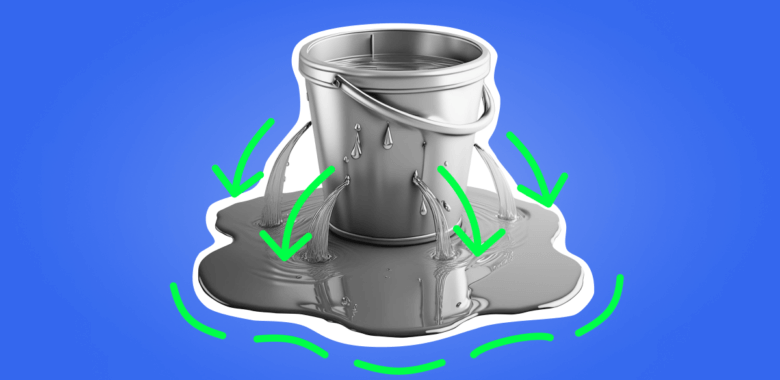What is the email churn rate?
Email churn rate is an email marketing metric that shows the percentage of people who unsubscribed from your newsletter or were otherwise removed from your mailing list over a certain period.
Whether it is a week, month, year, or any other period, you can track and calculate your email churn rate to see if the content of your email marketing campaigns is relevant for your subscribers or you should work on improving it.
Types of email churn
There are two types of email churn: transparent churn and opaque churn. Here’s what makes them different:
| Transparent churn (Voluntary churn) | Opaque churn (Involuntary churn) |
| If someone unsubscribes from you intentionally, marks your emails as spam, or provides invalid email addresses resulting in hard bounces, they become a part of a transparent churn rate. | Opaque churn is the type of churn caused by subscribers who ignore your emails unintentionally. They might overlook it, be uninterested, or miss your email because it ended up in the spam folder. |
How to calculate email churn rate
Just like with other important metrics, email marketing services usually provide email analytics tools that generate churn rate reports for you to track. However, you can calculate your email churn rate yourself using the formula below:













